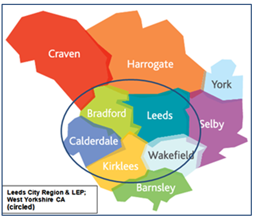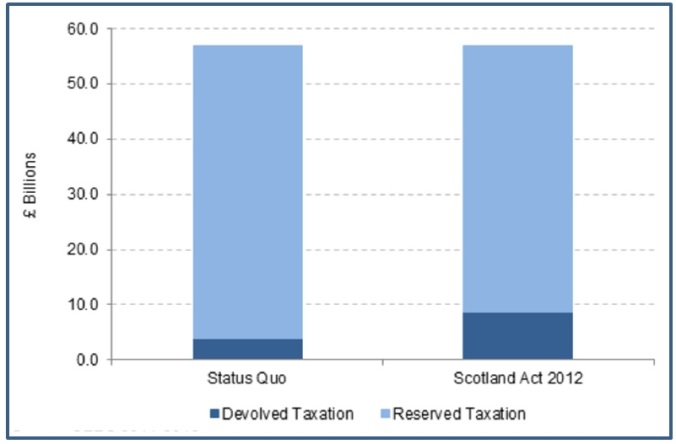Chris Game
With last month’s Conservative by-election win, the Cumbria constituency of Copeland secured its place in parliamentary history. But exactly what place?
Throughout the campaign we were regularly reminded how Copeland (quite likely) or Stoke-on-Trent Central (conceivably) could produce the first government party by-election gain since 1982, and, without a defecting incumbent or the poll-topping candidate being disqualified, since 1960. And serious nerds knew it would be the first (pay attention here!) to overturn a main opposition party majority of more than 3%, without a defection, disqualification or significant change in the contesting parties, since 1878.
Copeland indeed proved to be the history maker, and yet … every one of these records (believe me, there were others) could in theory be overturned. For Copeland’s irremovable place in parliamentary history – and certainly to justify its heading a commemoration of March 8th as International Women’s Day – we should look first not to its voters, but to its MPs.
The by-election was instigated by Labour’s Jamie Reed announcing his intention to swap his MP’s job for one with Sellafield, the local nuclear decommissioning authority. In January, when he formally ceased being an MP, for the first time, sitting male MPs (454) were outnumbered by the TOTAL number of women MPs EVER (455) – that is, in all the 99 years since women first got the vote.
Feminist history had been made, but, slightly unsatisfactorily, by the action of a male. However, on March 1st Copeland’s victorious Conservative MP, Trudy Harrison, was sworn in as the 196th female MP in this parliament and the 456th ever.
Recalling that it was the Commons of just 20 years ago that Tessa Jowell famously reckoned contained more Johns and Jonathans than its 60 women MPs, it obviously does constitute progress. Even if she had to slip in the odd Jack or Jimmy, her point was made: the fewer than 1 in 10 women was a national embarrassment.
But the 30% that today’s 196 women represent, and the resulting 47th position in the Inter-Parliamentary Union’s Women in Parliaments listing, will strike many, as it did the Commons Women and Equalities Select Committee, as little less embarrassing, and “a serious democratic deficit” (para 7).
A description it would presumably apply to English local government too, since the numbers now are virtually the same. When Jowell did her John count, women members of England’s principal councils totalled over a quarter. Since when, while the proportion of women MPs was tripling, that of women councillors increased at the gastropodal rate of 1% every 3 years, to (based on the most recent English national councillors’ survey) an overall 32%.
In the other UK nations, women’s representation in local government is significantly lower than in England (p.7) – Scotland 24% of councillors, Wales 26%, Northern Ireland 25% – but their representation in their respective devolved bodies is in each case relatively higher – Scotland 35%, Wales 42%, and Northern Ireland, following last week’s elections to the new, smaller Assembly, 30%.
Which brings us to the next big English local elections – those in May for the elected mayors of six recently created Combined Authorities (CAs). What kind of visibility will women have in the governance of these new bodies? To which the regrettable answer at present appears to be: precious little. Otherwise there’d be no need for ‘The People’s Powerhouse’ (provisionally May 9th at Doncaster Rovers’ Keepmoat football ground) – the retort of some enterprising, and outraged, women to last month’s glitzy but shamefully mishandled Second UK Northern Powerhouse (NP) International Conference.
The NP, of course, is the large-scale devolution vehicle devised by former Chancellor George Osborne, with the Greater Manchester CA as its major driver. Its consciously macho name is enough to goad some, and the conference advertising did the rest, oozing clichés about delegates’ £450 + VAT opportunity to “network with the key players, potential business partners and stakeholders in the Northern Powerhouse economy”. For unfortunately it seemed that all the really KPs, PBPs and Ss – and certainly all 15 originally advertised main speakers – were male.
It almost beggars belief, and yet the organisers’ initial response to the women’s protest was reportedly one of ‘defiance’. And it’s not as if the NP hadn’t been warned – back in 2014 with a widely mocked picture of a dozen “pale, male” and rather self-satisfied council leaders signing the first Greater Manchester devo deal. And again more recently, in the Fawcett Society’s actual “analysis of women’s representation” in the Northern Powerhouse.
Defining the NP’s ‘senior leadership roles’ as council leaders/mayors, deputy leaders, CA chairs, and chief executives, the Society’s researchers found that only 28% of these 134 posts across the NP’s seven CAs were occupied by women, including just one of the CA chairs – with even that 28% owing much to non-politicians: the 40% of women CEs.
Here in the West Midlands the 7-borough WMCA figures are even more unbalanced. 7 constituent authority leaders and 5 non-constituent authority leaders – all male; (currently) 11 CEs – 10 male; 3 LEP chairs – all male.
And, like most CAs, the signs are that we’re heading for a male mayor. Of the 33 currently known mayoral candidates, 27 are male (82%), including 12 or the 14 Conservative and Labour candidates – the two latter exceptions, both Labour, being Lesley Mansell in the West of England, and, perhaps the most likely ‘First Woman Metro Mayor’, Sue Jeffrey in Tees Valley.
I feel the final words on this International Women’s Day, that at least in its present form originated with the UN, should go to the Women and Equalities Select Committee, mentioned briefly above. Clearly unconvinced by the various parties’ earnest but unsubstantiated commitments to improve their selection performance, the Committee calls on the Government to recognise its role: to set a “target of 45 per cent for representation of women in Parliament and local government by 2030 in response to the UN indicators for Sustainable Development Goal 5.5; [and] set out how it plans to achieve this target, working with political parties.” Now if only the head of that Government were a woman …

Chris Game is a Visiting Lecturer at INLOGOV interested in the politics of local government; local elections, electoral reform and other electoral behaviour; party politics; political leadership and management; member-officer relations; central-local relations; use of consumer and opinion research in local government; the modernisation agenda and the implementation of executive local government.



